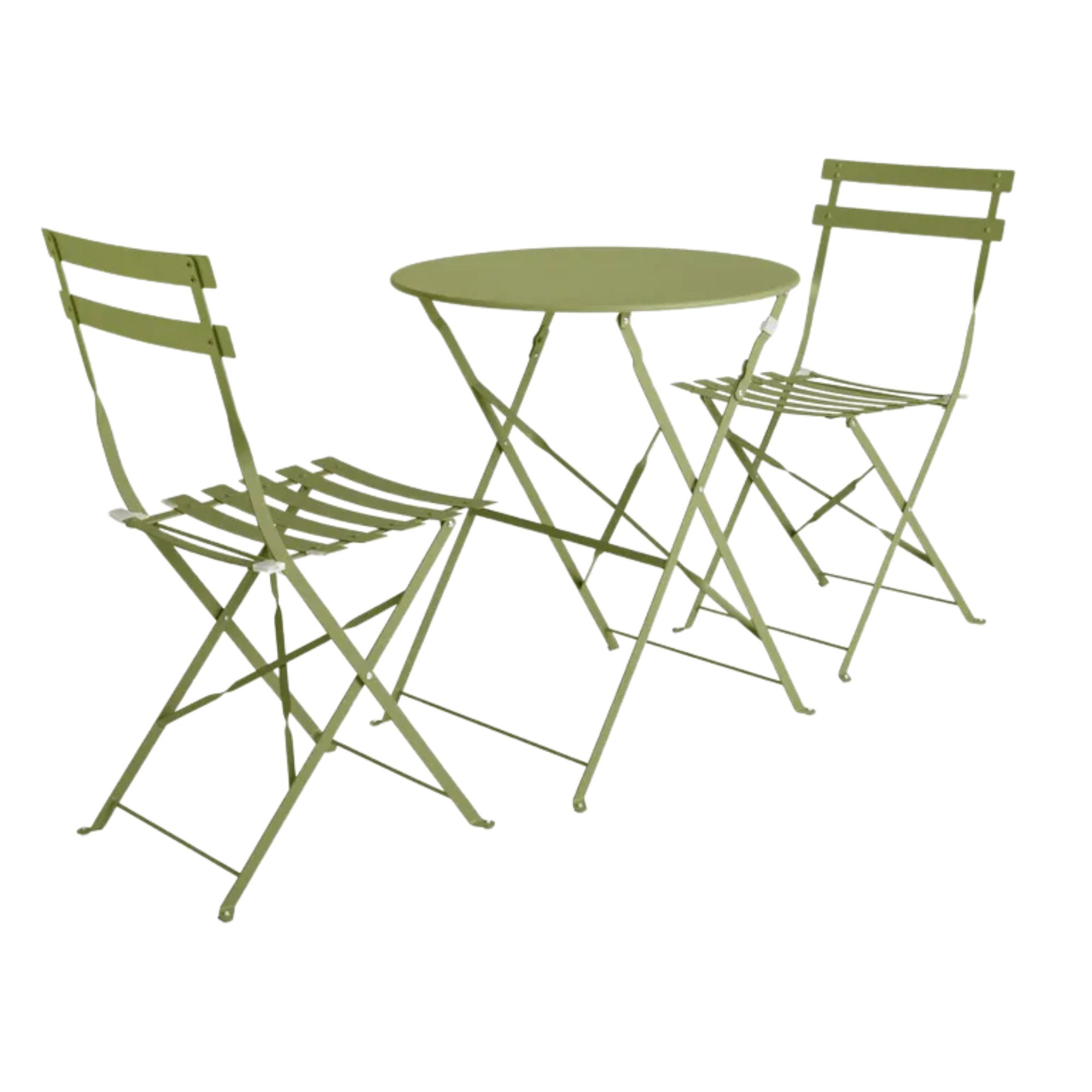Are these common mistakes making your garden look and feel smaller?
If your garden's feeling a little cramped, then you may be making one of these simple design mistakes without knowing it

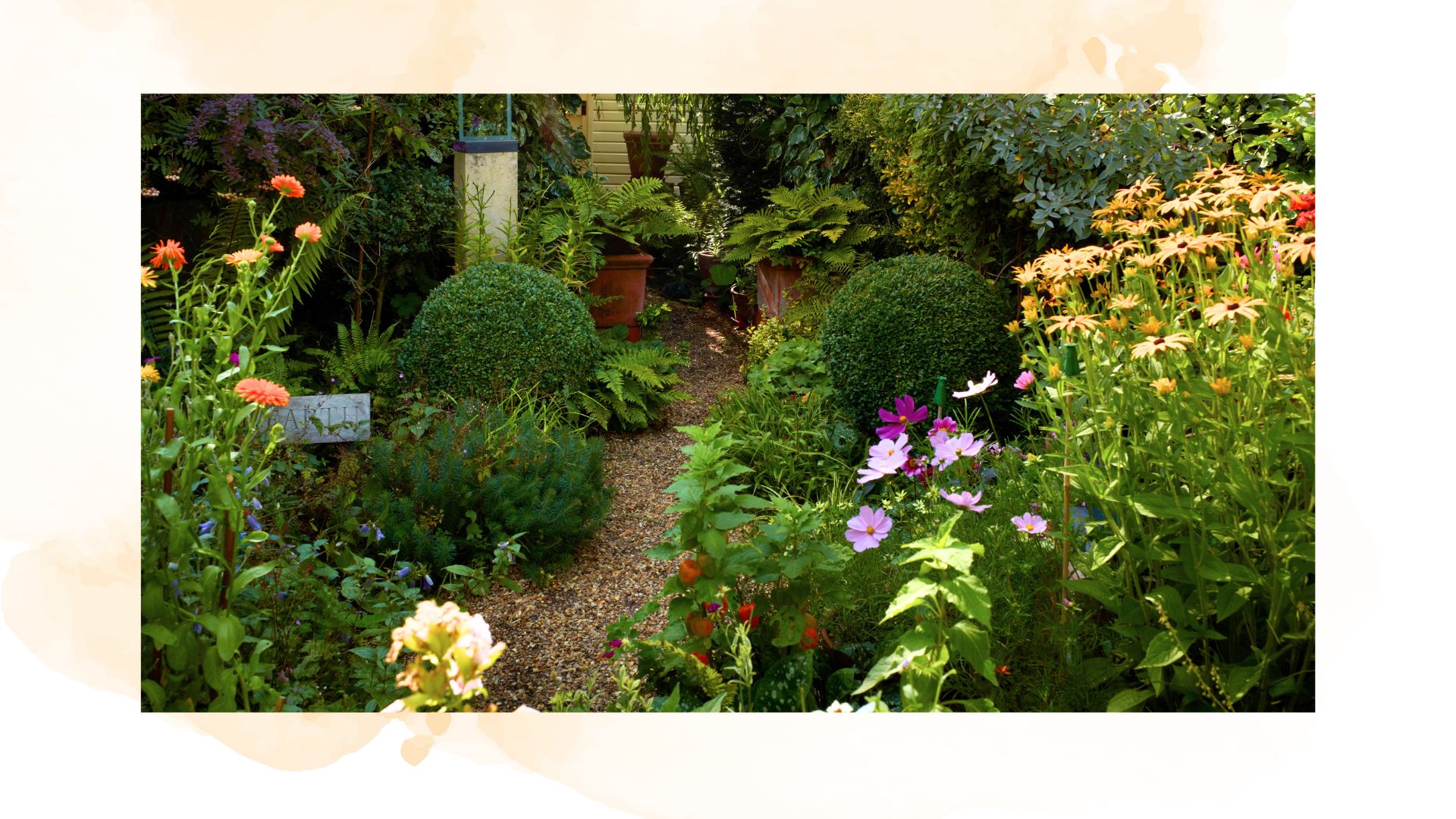
Not everyone can be blessed with a ginormous garden, but luckily, there are ways to make what space you do have look bigger. There are also things you could be doing that are making it seem even smaller, and a gardening expert is here to reveal them.
When you're a homeowner in need of small garden tips, the last thing you want to do is unknowingly downsize your plot with bad layout choices.
So, before buying new furniture or planting more late summer flowers, ensure you avoid the most common ways of making your space look and feel smaller.
7 mistakes that will make your garden look smaller
There are many creative ways to make a small garden look bigger, from welcoming reflective surfaces to choosing lighter colourways. But this isn't any help if you're countering mistakes that are making the space feel smaller than it really is.
Gardening expert Nick Wood is here to talk you through the most common small garden mistakes and how to fix them.
1. Innapropriate garden furniture and placement
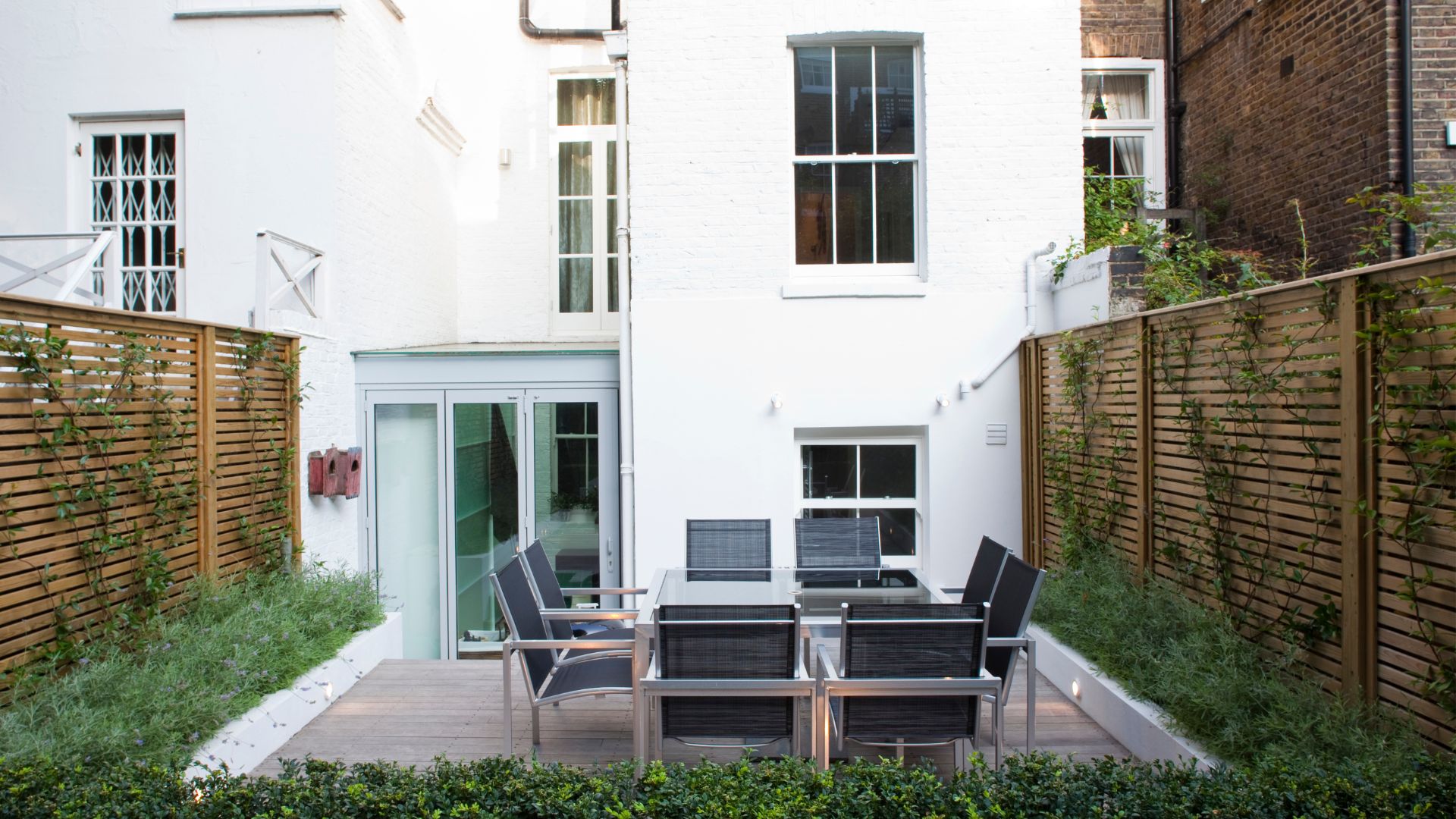
Even when you're making sure you're investing in the very best outdoor furniture, the way you place it or how bulky it is can minimise your garden space.
"Positioning your seating tucked away or against high walls can make the area feel tight and disconnected from the rest of the garden. Make sure your seating is always facing outwards to open spaces or views," says Nick.
Sign up to our free daily email for the latest royal and entertainment news, interesting opinion, expert advice on styling and beauty trends, and no-nonsense guides to the health and wellness questions you want answered.
"It’s important to invest in garden furniture that fits your space and complements its size. Trying to cram in furniture that dominates the space and becomes the garden's sole focus can make the area feel cramped," he adds.

Nick Wood is a garden design expert at GardeningExpress, with over a decade of experience in the field. He studied at Writtle College for eight years, honing his skills and deepening his knowledge of landscape and garden design. Nick is especially passionate about making gardening accessible to everyone, regardless of the size of their space.
2. Not taking advantage of the length
Trying out the latest garden trends is all well and good, but you need to make sure you're adapting them to your specific garden layout. When you're limited on space, you must utilise every bit of it.
Nick advises, "Make use of the longest axis of your garden, which tends to be from one corner to the other. Place your seating area on one end facing outwards and create a focal point on the other end to naturally draw the eye across the space."
3. Incorrect layering of plants
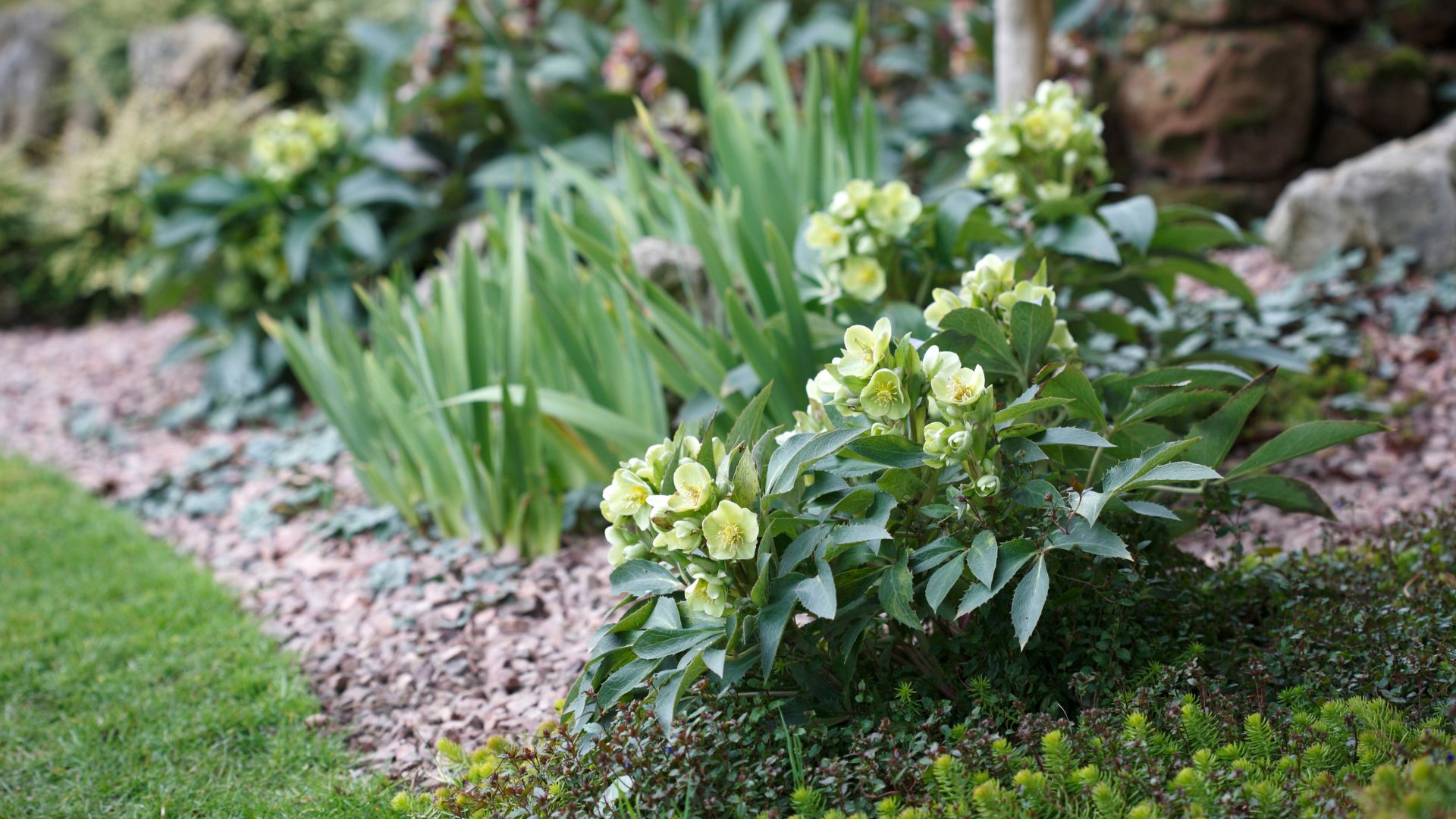
From privacy plants to ground cover plants, there are so many ways to customise your garden the way you'd like. However, it's key to keep in mind the layout of your plants and how that can benefit the lack of space.
Nick points out the huge part plants play in shaping the illusion of a garden.
He says, "Randomly positioning tall and short plants can look cluttered and cramped. Aim to create depth with the ‘staircase’ effect with tall plants at the back, followed by medium and smaller ones in the front."
4. Lack of vertical elements
Vertical gardening is a fantastic way to maximise the limited space you have and is a great opportunity to plant some gorgeous climbing plants.
Nick echoes this, saying, "Even if your garden is on the smaller side, you can make it feel much more open with vertical elements. Keeping everything ground level can make it look flat and uninteresting. Create height with features such as pergolas, trellises, wall-mounted planters and climbing plants."
5. Not using garden lighting
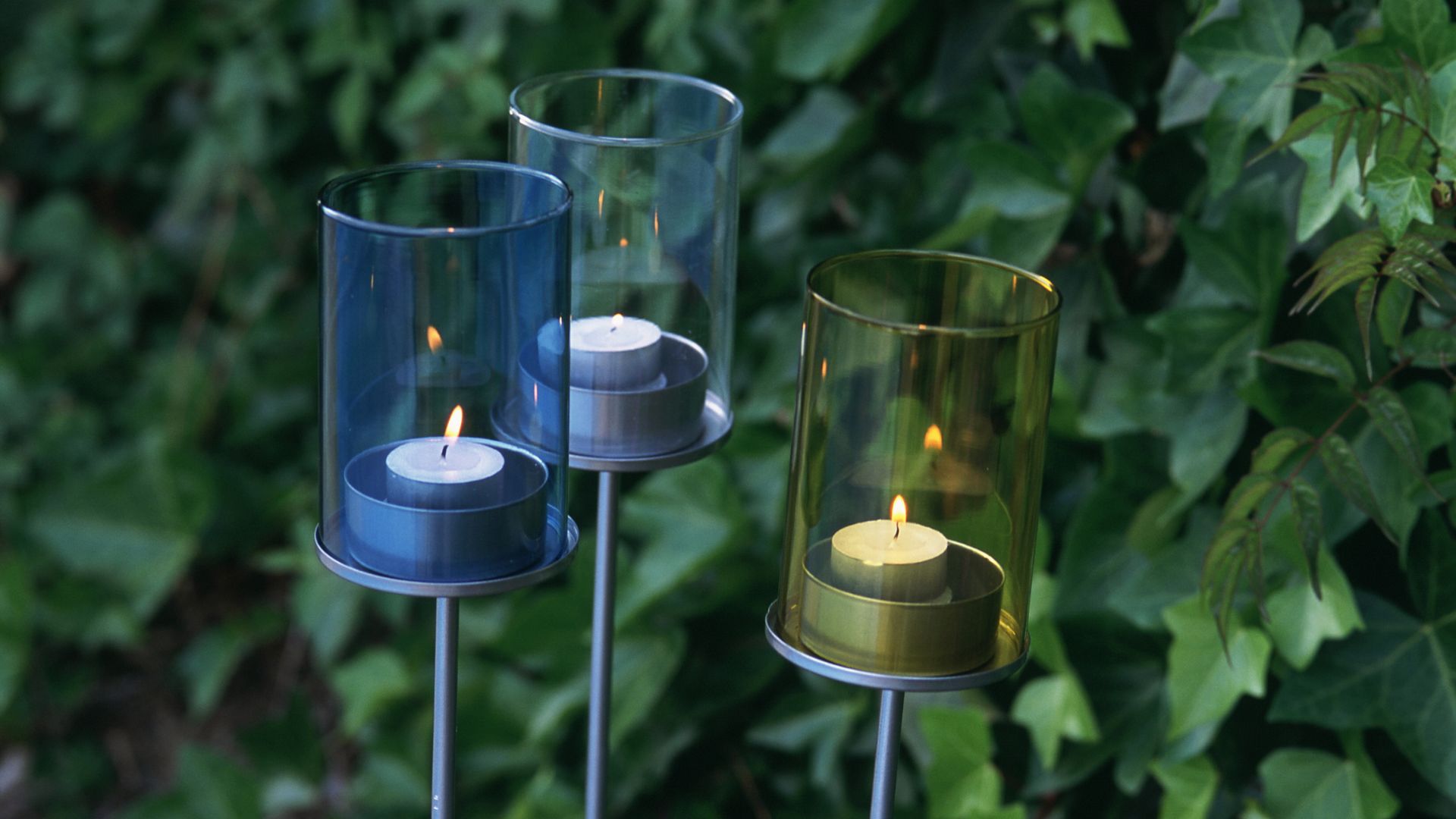
Adding lighting to your garden won't just make it look bigger, but it's also an effective way to make it look more expensive.
"A lack of garden lighting can make the garden feel dark and confined, especially in the evenings. Path lights, uplighting and string lights allow you to brighten key areas of your garden and create depth, making the area feel larger and more inviting," explains Nick.
You can also customise this to your budget. There's no need to splurge on insanely expensive festoon lights when some solar-powered string lights look just as good!
6. Letting your garden become overgrown
It's important to ensure you sort your garden out more regularly when you have a smaller space. Nick points out that letting the lawn, trees, plants and hedges grow can make the garden look messier and fuller than it already is.
While you might want to try the meadowscaping trend or rewilding, these aren't always made for limited gardens.
7. Not zoning your garden

Although it might seem like leaving your garden as one big plot is better, sectioning it off can be more advantageous.
"Having a flat garden with nothing in it can make the area look flat, small and uninteresting. Consider zoning off the garden to make the space feel more functional," recommends Nick.
He says, "Choose a different area for seating, planting and playing for children and pets and zone off the space with borders."
No matter the size of your garden, there are always fun and creative ways you can still enjoy the hobby and create a space to relax in. Why not try planting the vegetables you can grow in pots? They could even be grown on a balcony if that's the only outdoor space you have.

Emily joined woman&home as a staff writer after finishing her MA in Magazine Journalism from City University in 2023. After writing various health and news content, she now specialises in lifestyle, covering unique cleaning hacks, gardening how-tos, and everything to help your houseplants thrive.
You must confirm your public display name before commenting
Please logout and then login again, you will then be prompted to enter your display name.
